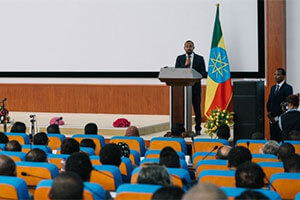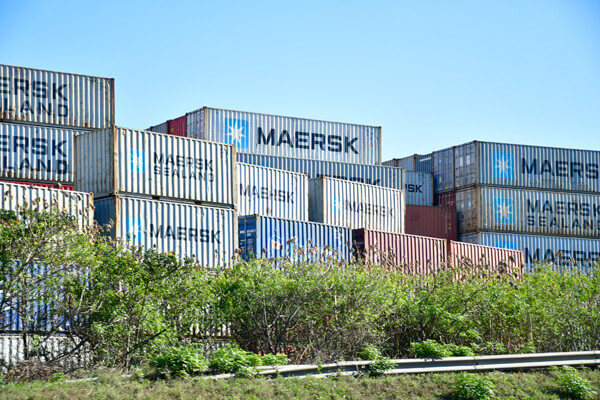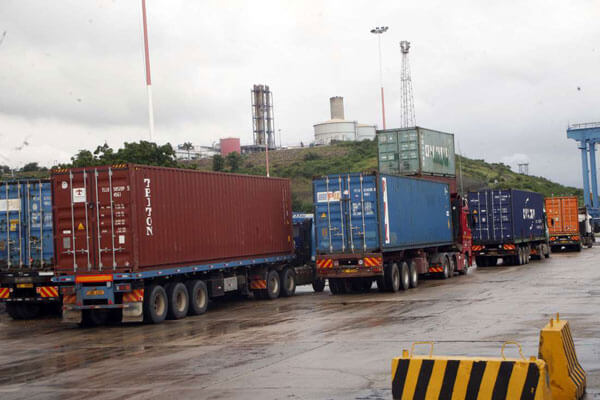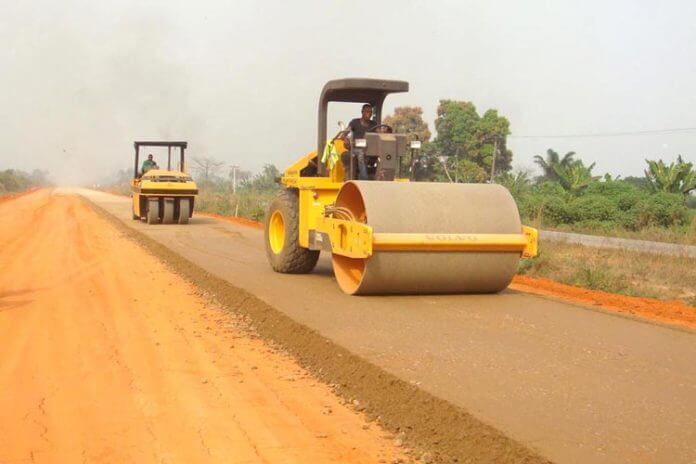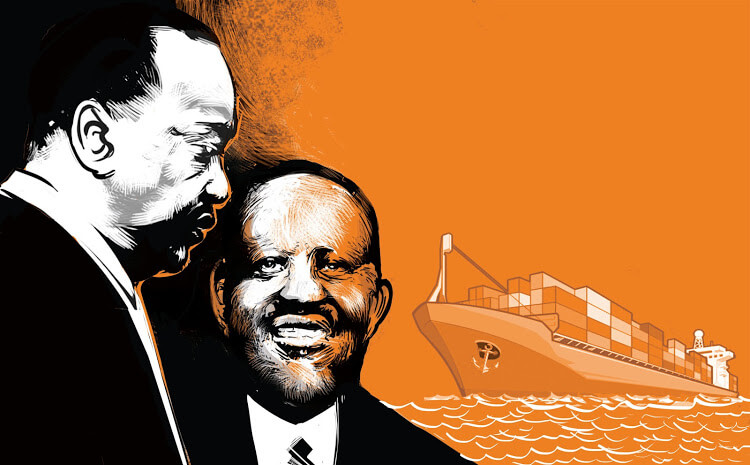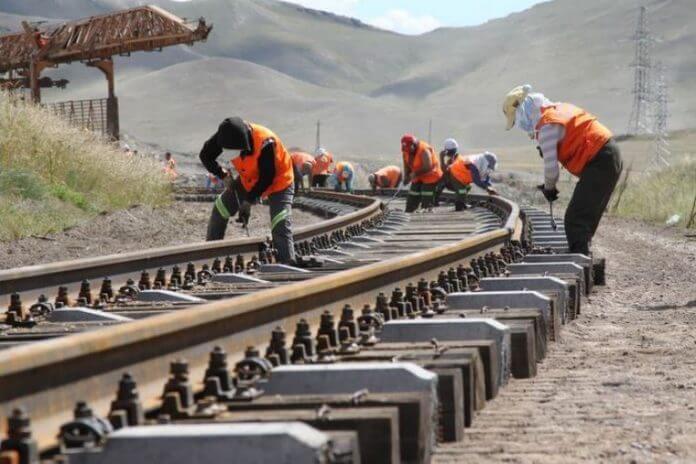According to their latest report, Foresight Africa: Top priorities for the continent 2020-2030, only Senegal, Rwanda and Niger economies will grow faster than Uganda between 2020—2024. President Yoweri Museveni commissioning the Isimba hydro power dam in March last year in Kamuli District. Investment in infrastructure is expected to be one of the drivers of economic growth in Uganda The Brookings Institution, an American think tank, has projected that Uganda will be among the fastest-growing economies on the African continent in the coming decade. According to their latest report, Foresight Africa: Top priorities for the continent 2020-2030, only Senegal, Rwanda and Niger economies will grow faster than Uganda between 2020—2024. The report projects that Uganda will grow by an average of 7.2% annually during the period. This is almost twice the Sub-Saharan Africa growth average of 3.9%. Senegal is expected to grow the fastest at 8.3%, followed by Rwanda at 7.9% and Niger 7.3%. Brookings did not make specific mention of what the drivers of Uganda’s growth will be, but other economists point to the ongoing infrastructure investment, first oil and greater regional integration as the key drivers of growth in the coming years. According to the Brookings Institution, Uganda was not among the top 10 fastest growing economies in Africa between 2015 and 2019. Mali was the 10th fastest at 5.4% while Ethiopia was the fastest at 8.7%. Economists react The report drew mixed reactions from local economists. Makerere University’s Fred Muhumuza was sceptical about the projections and suggested they may...
Uganda to be among fastest growing African economies
Posted on: January 16, 2020
Posted on: January 16, 2020


